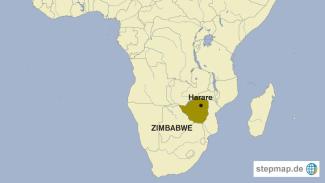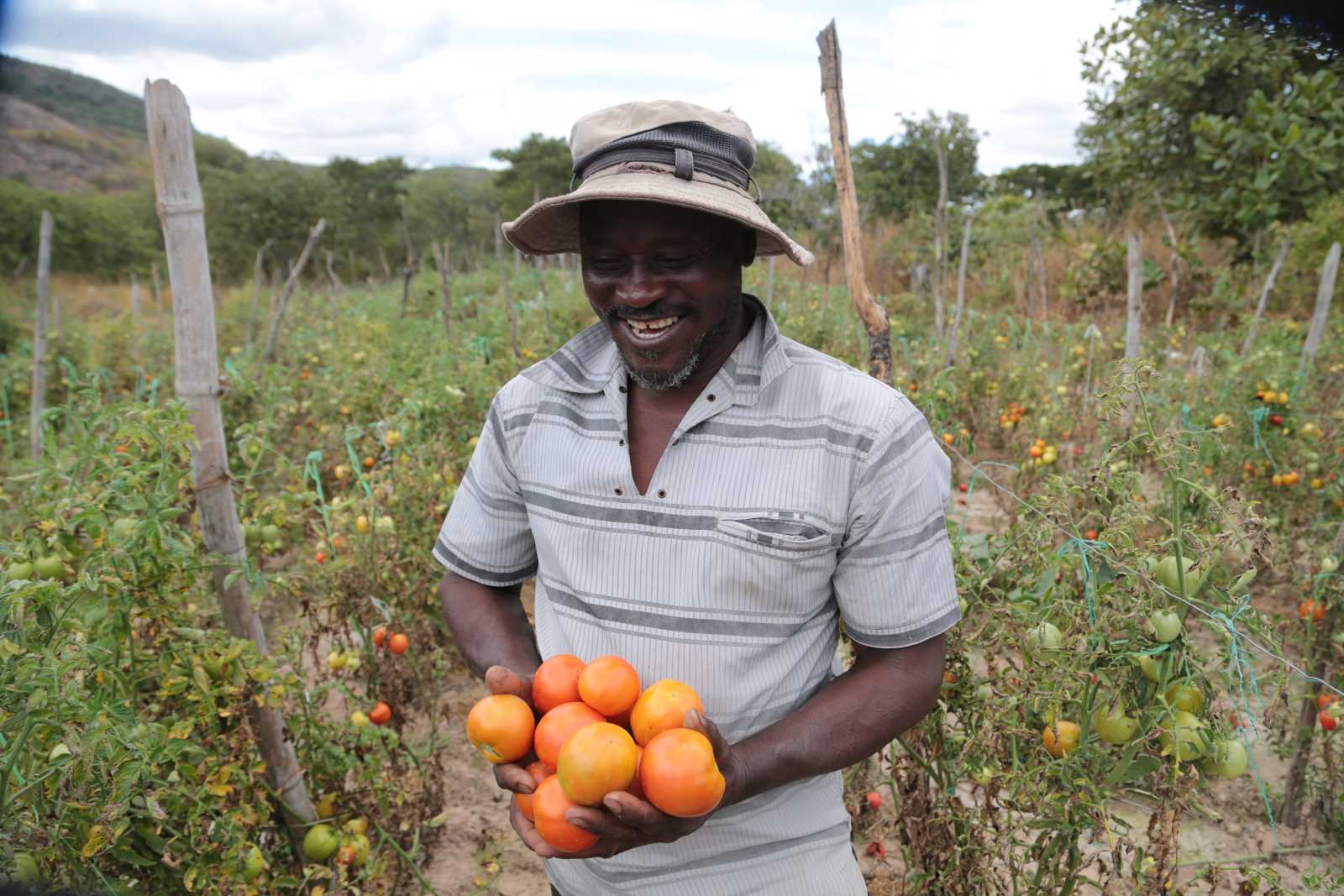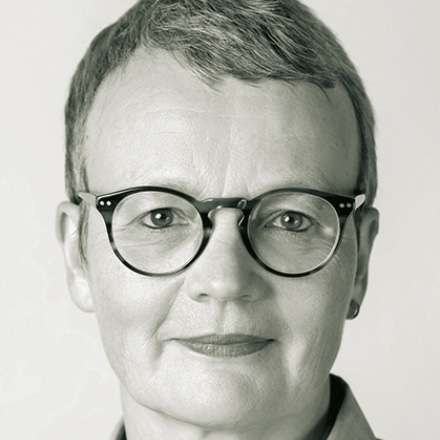Solar power
Water for a parched land

The water is then stored in tanks connected to drip irrigation systems – networks of pipes and valves that allow water to trickle directly to the roots of plants. These water collection and delivery systems bring otherwise arid regions to life. The area around Gwanda, about 130 kilometres southeast of Bulawayo, Zimbabwe’s second-largest city, is one such region. Its rivers and dams run dry beginning around April, leaving smallholder farmers struggling to keep their gardens green. Much of the area lacks electricity that would otherwise power pumps to bring water to the surface.
In the past, before solar-powered pumps were brought in, residents carried water in containers from rivers that were not yet completely dry. “It was hard labour and it was time-consuming,” recalls Noellie Nkala, 47, a smallholder farmer who grows vegetables in Santshangwa Community Garden. “The river would run dry in winter. It was tough watching our vegetables dry out.”
After water is brought to the surface and stored in tanks, drip irrigation systems distribute it to crops. “The drip method – bringing water directly to roots – saves water,” Nkala says. She adds that solar powered pumps are sustainable, as they use a renewable fuel source and are cheaper to operate than electricity-powered systems. The storage tanks are an important component, as they ensure a steady supply of water even on cloudy days when solar-powered pumps cannot be used.
Solar-powered irrigation was brought into the area by Practical Action, a British charity. It installed solar stations in 33 communal gardens of about 20,000 square metres (two hectares) each, under the Resilience Enhanced through Agricultural Productivity (REAP) project. It also installed seven drip-irrigation systems covering about 200,000 square metres (20 hectares) each.
REAP, which began in 2017 and will continue until May 2022, is funded by the Swedish International Development Agency (SIDA). The overall cost is $2.4 million. The project aims to support smallholder farmers throughout Matabeleland South, a thinly-populated province in southwestern Zimbabwe, according to Melody Makumbe, REAP project coordinator.
The project goes well beyond installing pumps and irrigation systems. “We build capacity for productivity, facilitate access to markets and to finance and offer support with irrigation infrastructure,” Makumbe says. “We also build capacity for local management of the systems.”
About 2,100 smallholder farmers benefit from the project, says Richard Siziba, chairman of the Santshangwa Community Garden.
Solar-powered irrigation is a natural solution for Zimbabwe, whose annual sunshine hours are average 8.3 hours per day, says Lion Mashiri, an electricity markets expert for the World Bank. Zimbabwe’s natural sunshine provides 4.8 to 6.8 kilowatt-hours of electricity per square meter per day. “In fact, more than half of the country – covering Matabeleland North, Midlands, Mashonaland West, and some parts of Mashonaland East – could generate more than 6 kilowatt-hours of solar power per square meter per day,”he says.
Farai Shawn Matiashe is a journalist in Mutare, Zimbabwe.
matiashefarai@gmail.com
















